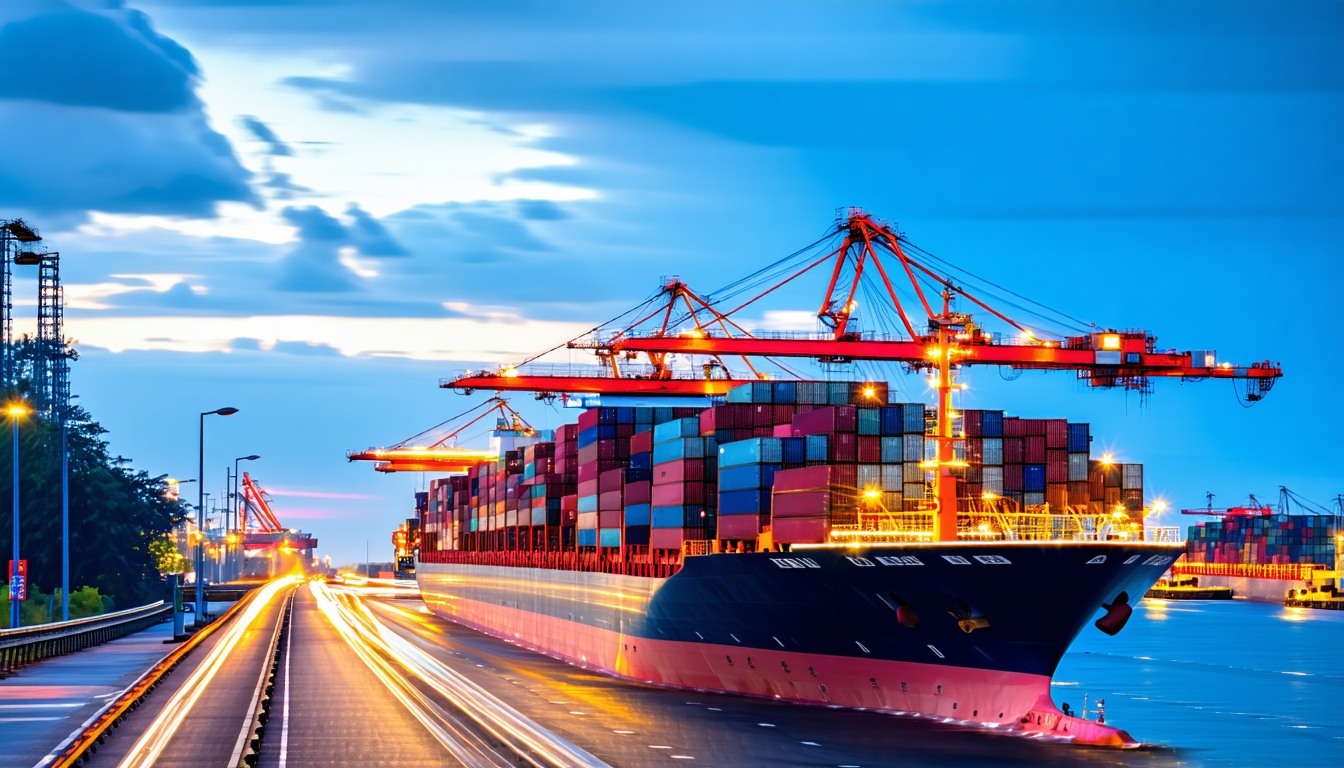
- April 4 2025
- Don Friddell
Building Supply Chain Resilience: Strategies for Navigating Global Disruptions
The world seems to be in a constant state of flux. From pandemics and geopolitical tensions to extreme weather events and cyberattacks, global disruptions are no longer black swan events but increasingly common challenges impacting global logistics and business operations. For companies relying on intricate networks of suppliers, manufacturers, and distributors, these disruptions can spell disaster. This is where supply chain resilience becomes paramount.
But what exactly is supply chain resilience? It's more than just disaster recovery. It's the ability of a supply chain to anticipate, withstand, adapt to, and recover quickly from disruptions, ultimately maintaining continuity of operations and safeguarding business performance. In today's volatile environment, resilience isn't a luxury; it's a strategic necessity.
Ignoring resilience leaves businesses vulnerable to stockouts, lost sales, damaged customer relationships, and significant financial losses. Proactive risk management is the foundation upon which a resilient supply chain is built.
So, how can businesses move from being reactive to proactive and build a truly resilient supply chain? Here are key strategies:
1. Enhance Visibility and Transparency:
Challenge: You can't manage what you can't see. Invest in technology (like IoT sensors, blockchain, and advanced analytics) to gain real-time visibility across your entire supply chain – from Tier 1 suppliers down to the end customer.
Strategy: Understanding where your inventory is, tracking shipments, and monitoring supplier performance allows for quicker identification of potential bottlenecks or supply chain disruptions.
2. Diversify Your Network:
Challenge: Over-reliance on a single supplier, geographic region, or transportation mode is a major vulnerability.
Strategy: Identify and qualify alternative suppliers in different regions. Explore multiple transportation options (sea, air, rail, road) and logistics providers. Consider diversifying manufacturing locations or using co-manufacturers. This diversification mitigates the impact if one node or route is compromised.
3. Embrace Strategic Inventory Management:
Challenge: While Just-in-Time (JIT) inventory models prioritize efficiency, they can be brittle in the face of disruption.
Strategy: Move towards a "Just-in-Case" approach for critical components. Use data analytics to determine optimal safety stock levels and strategically position inventory closer to demand points or in secure regional hubs. This buffer can absorb short-term shocks.
4. Leverage Technology for Prediction and Agility:
Challenge: Modern technology can move risk management from reactive to predictive.
Strategy: Utilize AI and machine learning to analyze vast datasets, identify potential risks (e.g., weather patterns, port congestion, supplier financial health), and model the impact of various disruption scenarios. Cloud-based platforms enhance collaboration and enable faster decision-making.
5. Foster Strong Supplier Relationships and Collaboration:
Challenge: Resilience is a team sport. Build open, collaborative relationships with key suppliers and logistics partners.
Strategy: Share forecasts, communicate potential risks transparently, and work together on contingency planning. Strong partnerships often lead to preferential treatment and creative solutions during crises.
6. Design for Agility and Flexibility:
Challenge: Rigid processes crumble under pressure. Build flexibility into your supply chain design and operations.
Strategy: Develop adaptable manufacturing processes, flexible logistics arrangements, and robust contingency plans (Plan B, C, and D) for critical functions. Regularly test these plans through simulations.
7. Integrate Risk Management into Core Operations:
Challenge: Supply chain risk management shouldn't be an afterthought; it needs to be embedded in the company culture and decision-making processes.
Strategy: Regularly conduct risk assessments, identify vulnerabilities, quantify potential impacts, and develop mitigation strategies. Assign clear ownership for risk management tasks.
Moving Forward
Building supply chain resilience is an ongoing journey, not a one-time fix. It requires investment, commitment from leadership, cross-functional collaboration, and a willingness to adapt. The payoff, however, is significant. Resilient organizations are better equipped to navigate uncertainty, protect their revenue streams, maintain customer trust, and ultimately gain a competitive advantage in an unpredictable world. By implementing these strategies, businesses can transform their supply chains from potential liabilities into sources of strength and stability, ready to weather the next inevitable storm.

Leave Your Comment